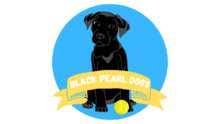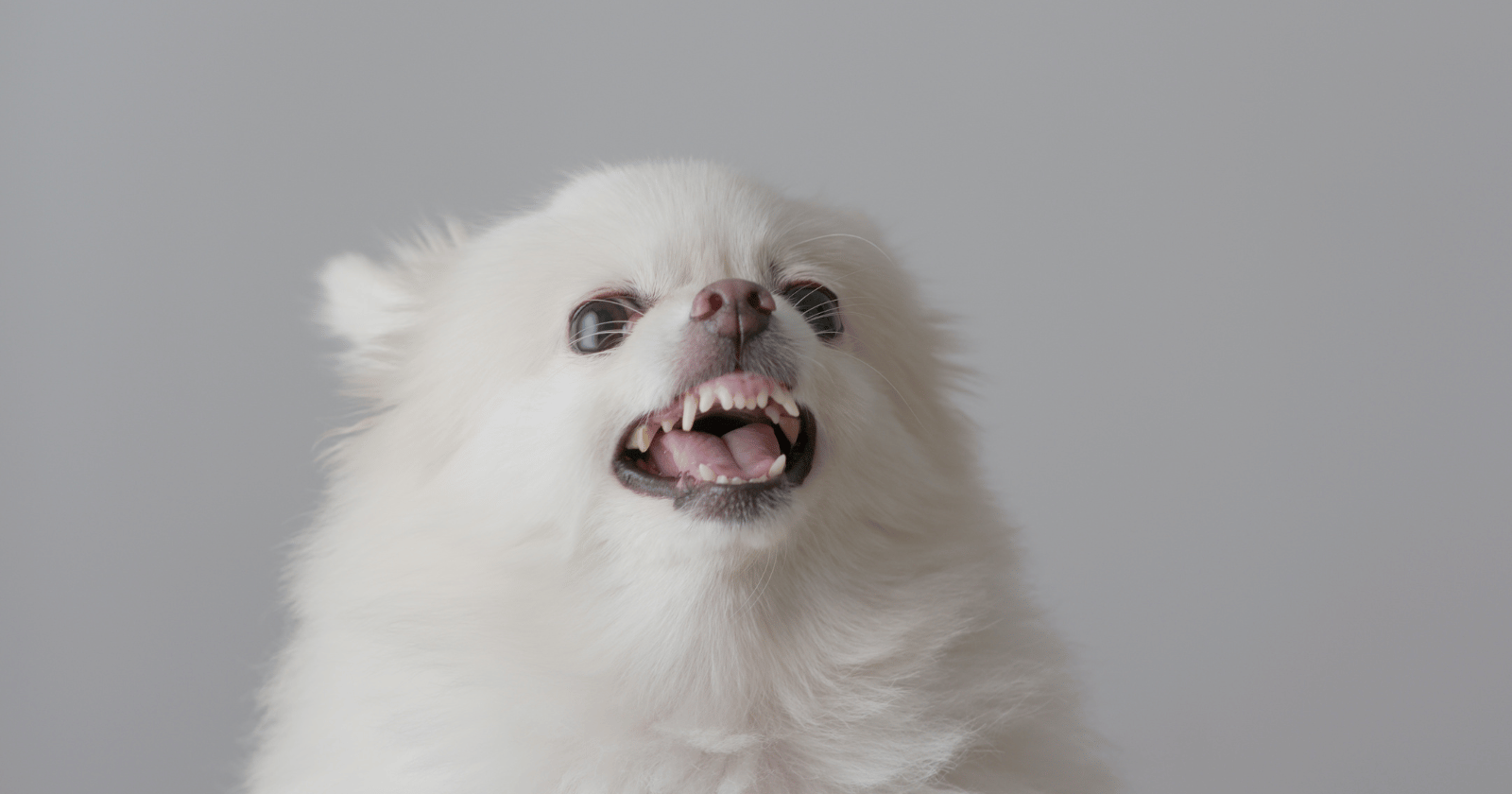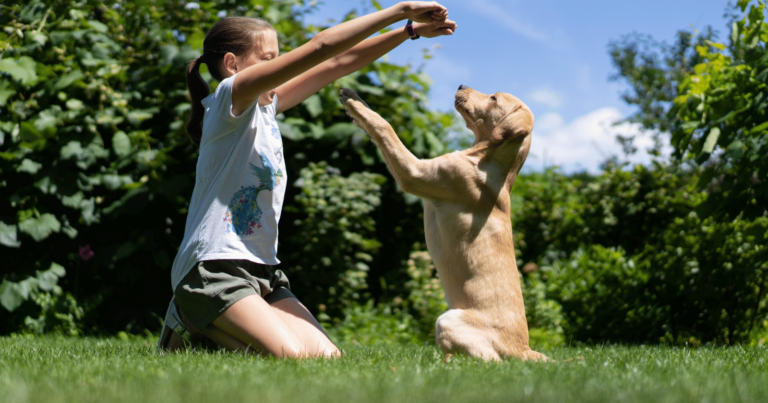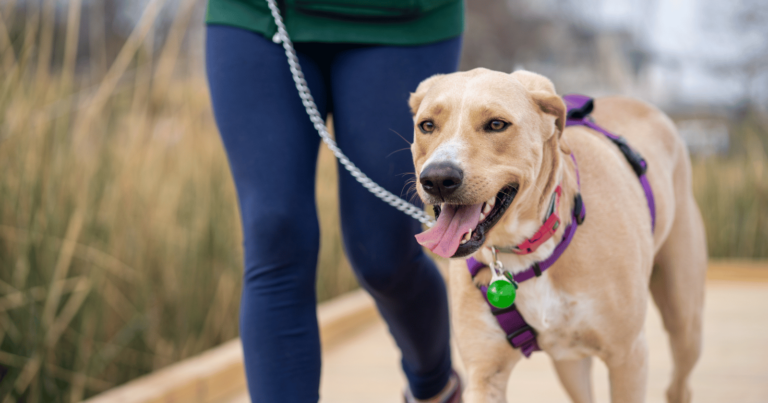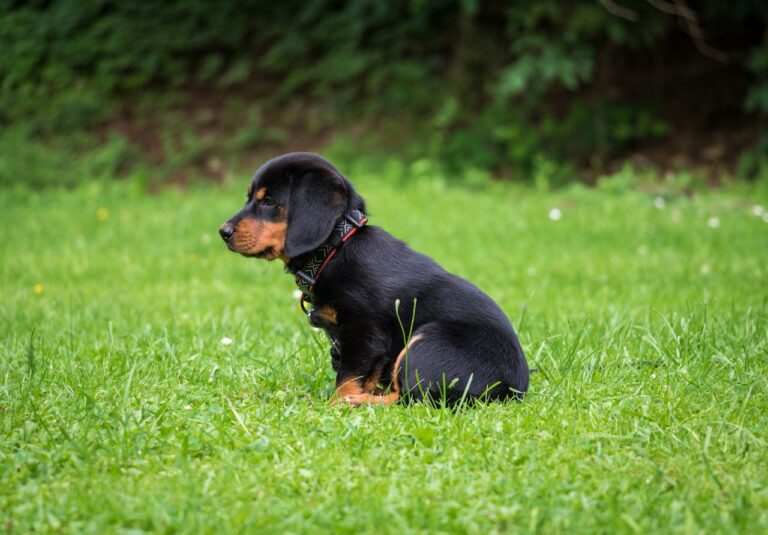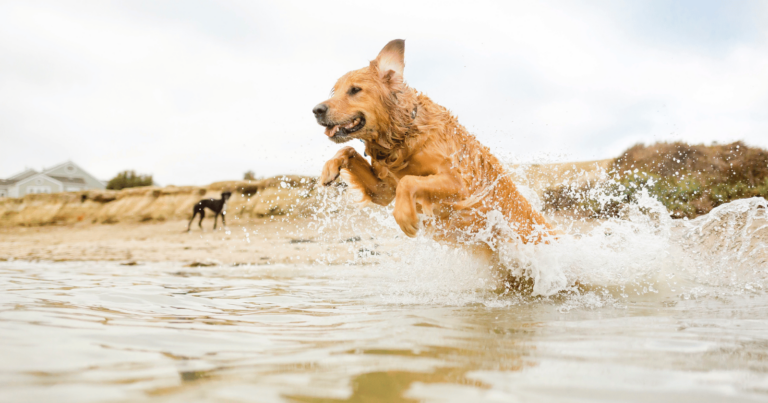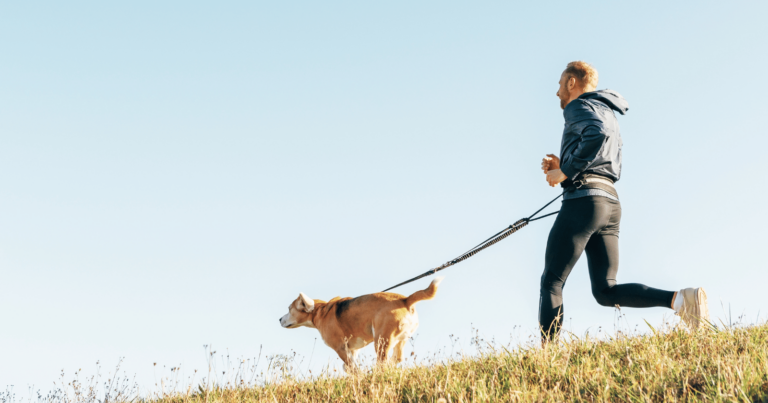Having a reactive dog can feel like a constant battle.
It’s not about trying to control your pet, it’s about understanding their needs and reactions.
Calmness, in this case, is not about suppressing your dog’s energy.
Rather, it’s channeling that energy in a positive direction.
As a pet owner, I’ve learned some tricks to turn my reactive dog into a calm companion.
And trust me, these methods don’t involve any force or intimidation.
In this article, I’m sharing seven techniques that have worked wonders for me.
1. Understanding triggers
We all have our triggers.
Things that make us anxious, agitated, or just plain mad.
Dogs are no different.
Understanding what triggers your dog can be the first step towards calming them down.
It could be other dogs, loud noises, or even a specific person’s presence.
Observation is key here.
Note their reactions and try to identify patterns.
This allows you to anticipate and prepare for situations that could potentially stress your pooch out.
Once you understand their triggers, you can start working on desensitization techniques, or even seek professional help if needed.
Remember, it’s not about eliminating the trigger but helping your dog navigate it with more ease and less anxiety. It’s a slow process, but a rewarding one for both you and your furry friend.
2. Regular exercise
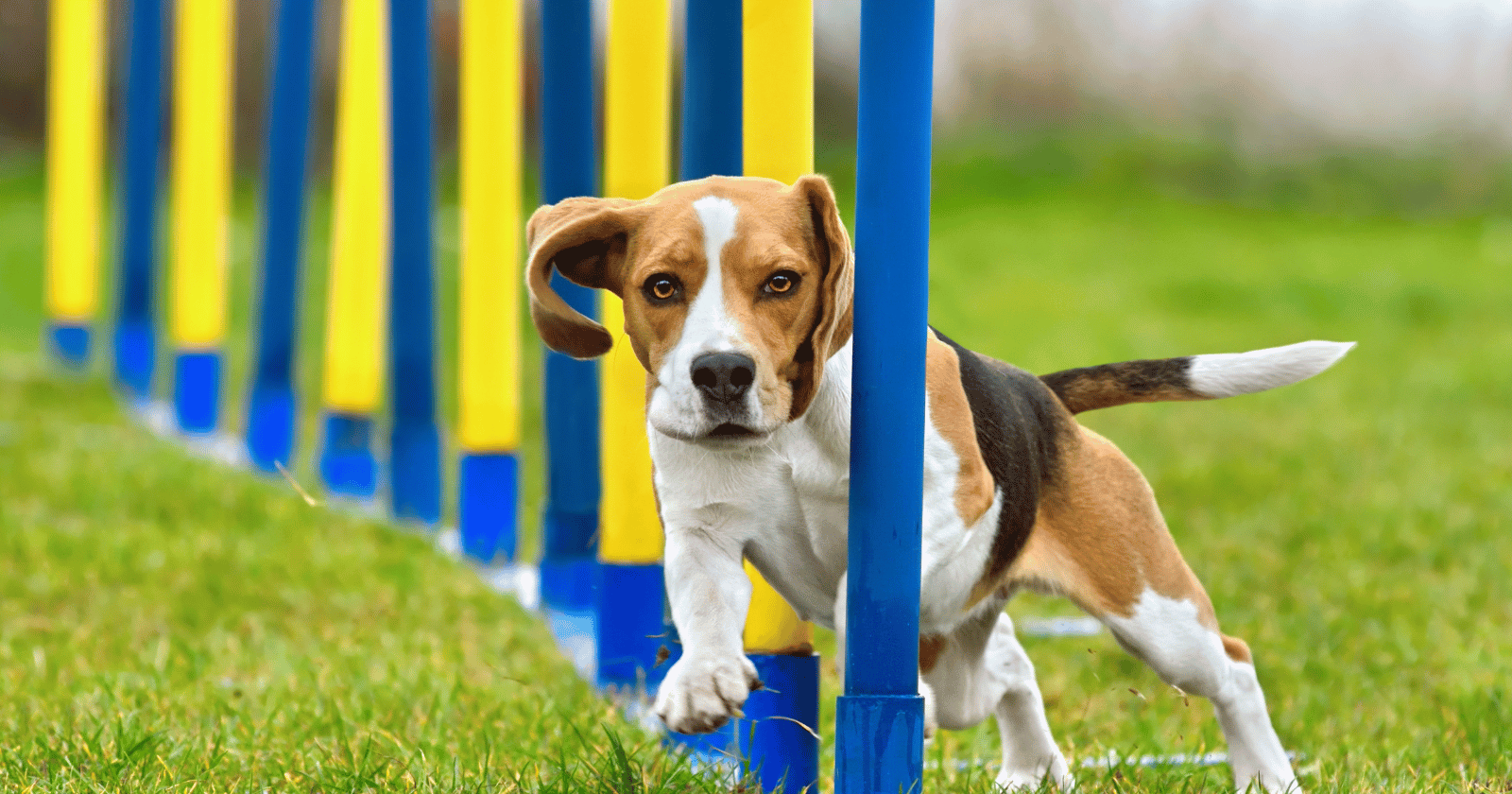
I’ve found that a tired dog is often a calm dog.
Regular exercise has been my own secret weapon for handling my reactive dog.
Take my Frenchie, Bella, for instance.
She used to get overly excited and bark every time the doorbell rang.
It was clear she had excess energy to burn.
I started taking Bella on longer walks, and even included some playtime at the local dog park.
The transformation was remarkable.
After her daily exercise routine, she was too tired to react to the doorbell or any other potential trigger.
Incorporating regular exercise into your dog’s routine not only keeps them physically fit but also helps in managing their reactivity.
Make sure it’s something they enjoy and can handle, though – pushing your pet too hard can do more harm than good.
3. Training cues
Training cues are a great way to communicate with your dog.
One effective method is teaching them the “look” cue.
This is where you teach your dog to look at you on command.
Did you know that when a dog looks into your eyes, their body releases oxytocin, the same hormone that helps bond mothers with their babies?
This not only strengthens your bond with them but also helps in calming them down.
Teaching this cue is simple.
Start by saying “look” and as soon as your dog makes eye contact, reward them with a treat.
Soon, they’ll associate the word with the action, and you’ll have a new communication tool in your arsenal.
This technique can be especially useful when confronted with a trigger.
It diverts their attention and puts them at ease, ensuring they focus on you instead of the potential stressor.
4. Creating a safe space
A safe space for your dog is like a sanctuary.
It’s a place they can retreat to when they’re feeling overwhelmed or anxious.
This could be a designated room, a corner with their favorite blanket, or even a crate.
The idea is to create an environment where they feel secure and comfortable.
Every time they retreat to this safe space, respect their need for solitude.
Do not disturb them or use this space for any form of punishment.
Over time, your dog will learn to associate this place with tranquility and safety.
Having this refuge can significantly help in managing your dog’s reactivity, especially during stressful situations like thunderstorms or social gatherings.
5. Positive reinforcement
Positive reinforcement is a powerful tool in any dog owner’s toolkit.
It’s about rewarding your dog for the behavior you want to see more of.
For instance, if your reactive dog manages to stay calm in a situation they’d normally find stressful, reward them with a treat or their favorite toy.
This helps them associate their calm behavior with positive outcomes.
It’s important to give the reward immediately after the desired behavior so they can make the connection.
Consistency is also key – the more you reinforce the positive behavior, the more it will become second nature to your dog.
Remember, it’s not about bribing your dog into submission, but encouraging them to make better choices.
6. Patience and love
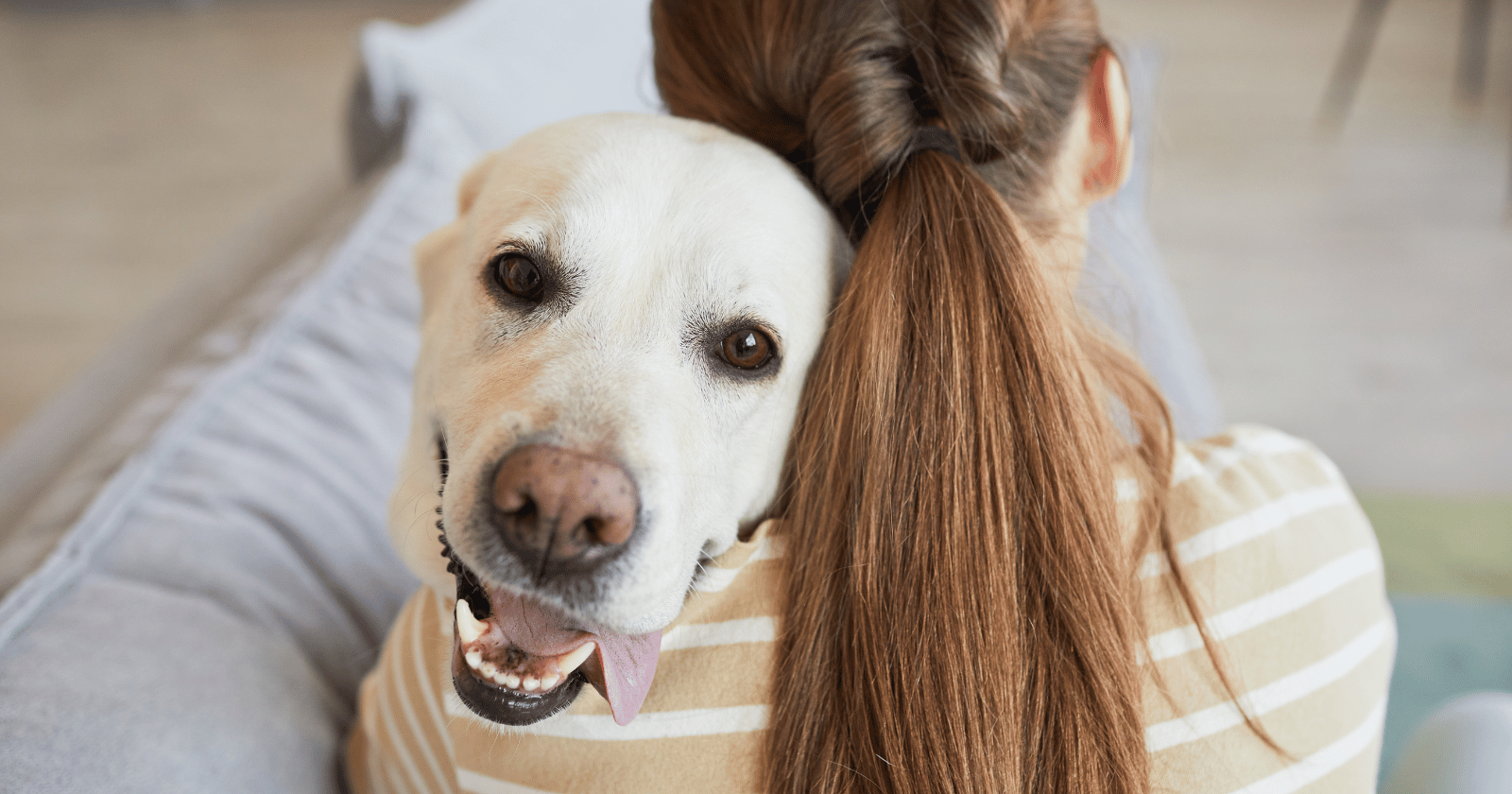
Sometimes, despite our best efforts, progress can be slow.
Reactivity is not something that can be switched off overnight.
It requires time, patience, and a whole lot of love.
There might be days where it feels like you’re taking one step forward and two steps back.
It’s okay.
Your dog is doing the best they can, just like you.
In these moments, remember to take a deep breath and remind yourself of the bond you share with your furry friend.
Their love for you is unconditional and unwavering, and they deserve the same from you.
Even on their toughest days, show them love.
Reassure them that they are safe and loved, no matter what.
This emotional security can do wonders in helping them manage their reactivity.
7. Professional help
There was a time when I felt completely overwhelmed by my dog’s reactivity.
Despite my best efforts, it seemed like I was making no progress and I was starting to question my ability as a pet owner.
That’s when I decided to seek help from a professional dog trainer.
It was one of the best decisions I’ve ever made.
Not only did they provide me with effective strategies, but they also reassured me that it was okay to ask for help.
Professional dog trainers or behaviorists have the experience and knowledge to guide you and your dog through this journey.
They can provide tailored strategies and techniques that cater to your dog’s specific needs.
Getting help doesn’t mean you’ve failed as a pet owner.
It simply means you care enough about your furry friend to do what’s best for them.
It’s all about understanding them
At the heart of it all, your dog is a sentient being with emotions, fears, and needs.
They react because they’re trying to communicate something to you.
Your role is to understand that message and respond in a way that helps them feel safe and loved.
This journey might be challenging and filled with unexpected hurdles, but remember that every step you take brings you closer to a deeper connection with your four-legged friend.
In the end, it’s not just about having a calm dog.
It’s about building a bond of trust and understanding that transcends language.
It’s about seeing the world through their eyes and letting their unconditional love touch your heart.
